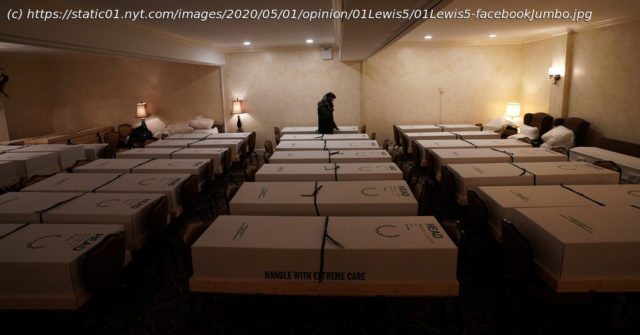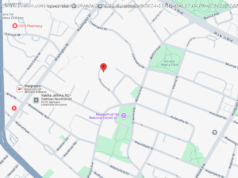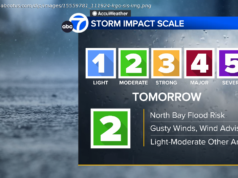In times of crisis, stark images of sacrifice or consequence have often moved masses to act.
Recently, a friend, colleague and mentor, the cultural historian and critic Maurice Berger, died at 63 of complications from the coronavirus.
Every day that passes, particularly as I hear the wail of ambulance sirens going by on the West Side Highway near my window, I think of Maurice. I think of the conversations about images we might have had regarding this moment.
Much of what I know and teach about how images structure and shape issues of race and justice I learned from his scholarship and life experience. Visualization is a powerful tool — it can help us more deeply understand the severity of the situation as we work to curb the virus. But the visuals we need most in this time are difficult to come by.
I thought of Maurice when a friend living in Milan, who was among Italy’s earliest diagnosed coronavirus cases, sent me this text message in March: “If people could only see what it is like in the hospitals, they would stay at home.” He was admitted to the hospital earlier that month, but with his doctor’s agreement quickly left, feeling that his bed could be better allocated to others experiencing far worse symptoms.
The environment was also so grim that he felt he would have a better chance, at least psychologically, if he returned home.
“It was a war zone,” he wrote. When we spoke later, he told me that his lungs had been damaged and his fever was still high; he coughed with pain nearly every other sentence. He remains ill.
What are we missing by not having images that represent the full impact of the coronavirus crisis? In the United States, the frequently recurring pictures in the media are of the president, the virus itself represented as a spiky ball, health care and front line workers deemed essential and visuals conveying economic disarray (empty businesses, winding unemployment lines).
While there have been some professional images from inside medical zones, they remain rare. “Make note of what we can’t see,” the CNN commentator Brian Stelter said in March. “That’s the suffering happening inside hospitals.” He went on to discuss a video that was taken covertly in a hospital. What it means, he said, “is that we’re not seeing this crisis with our own eyes.”
Mr. Stelter also interviewed Dr. Esther Choo in Portland, Ore., who argued that unfiltered images revealing the stark conditions in hospitals are a matter of public health.
Medical privacy laws in the United States can present obstacles to this kind of viewing. Instead of images, we have daily briefings of statistics presented in pie charts and bar graphs.






